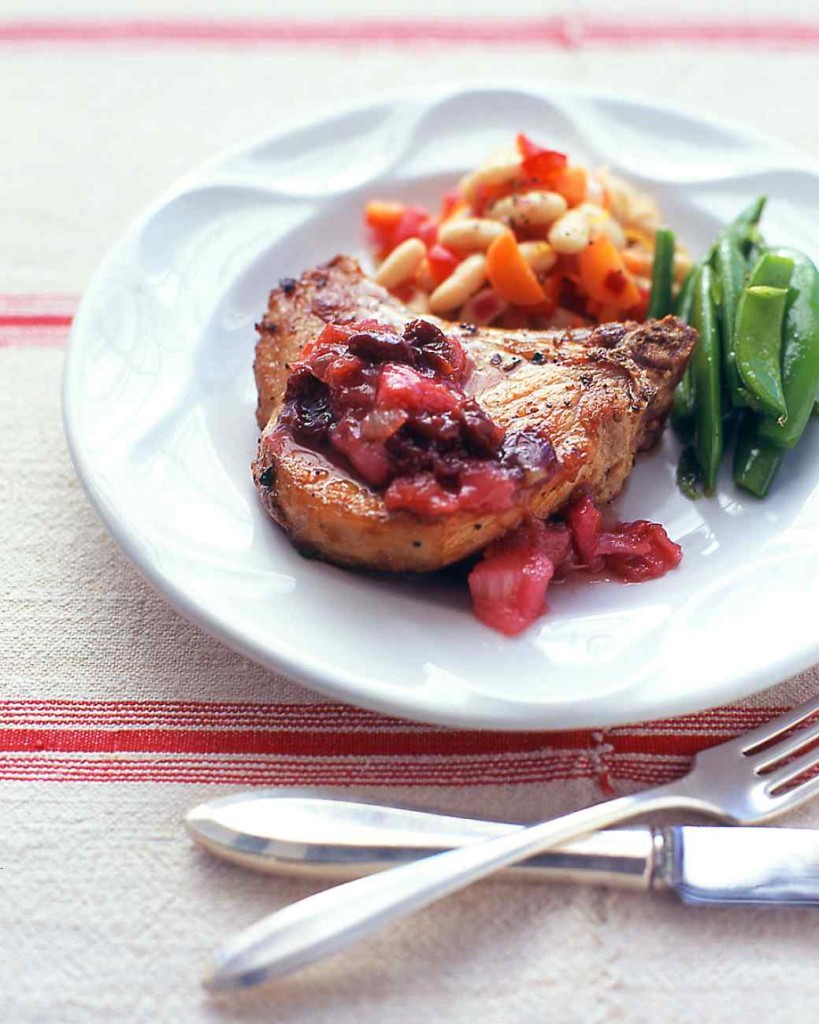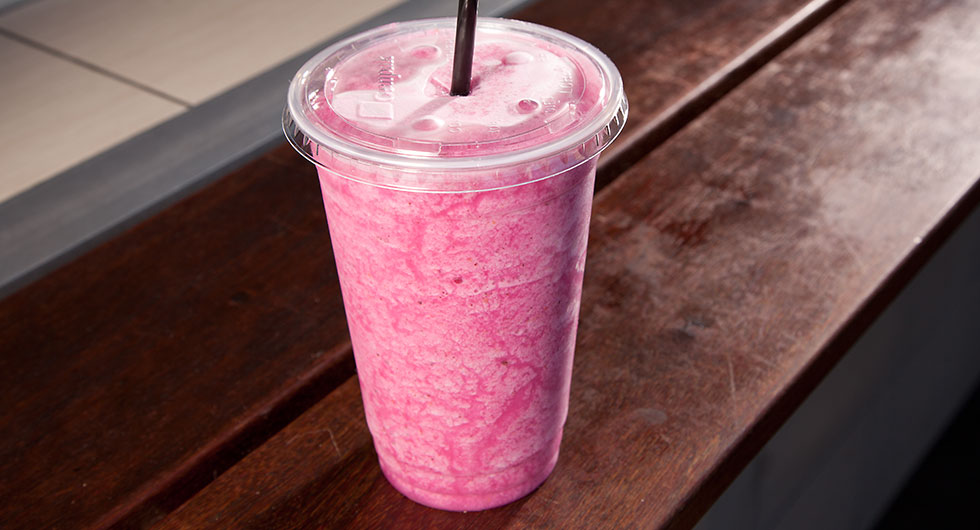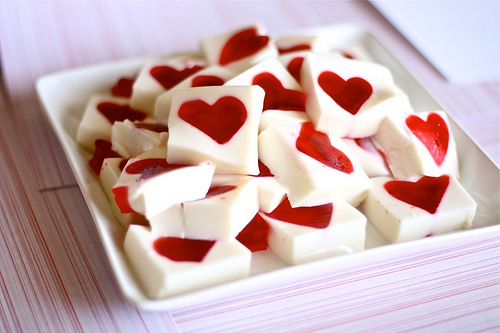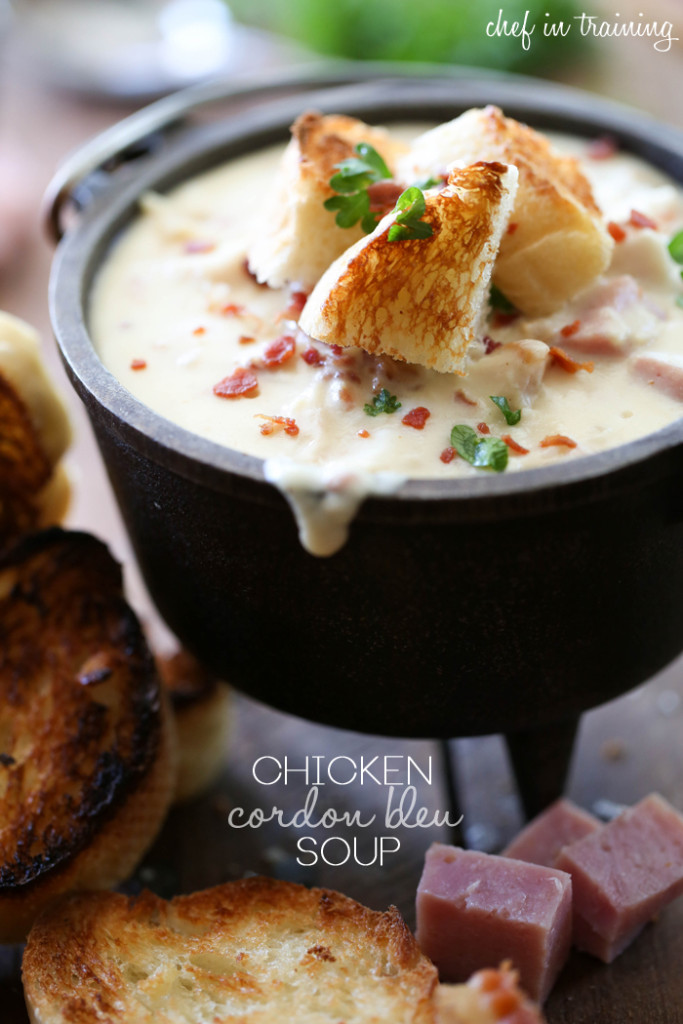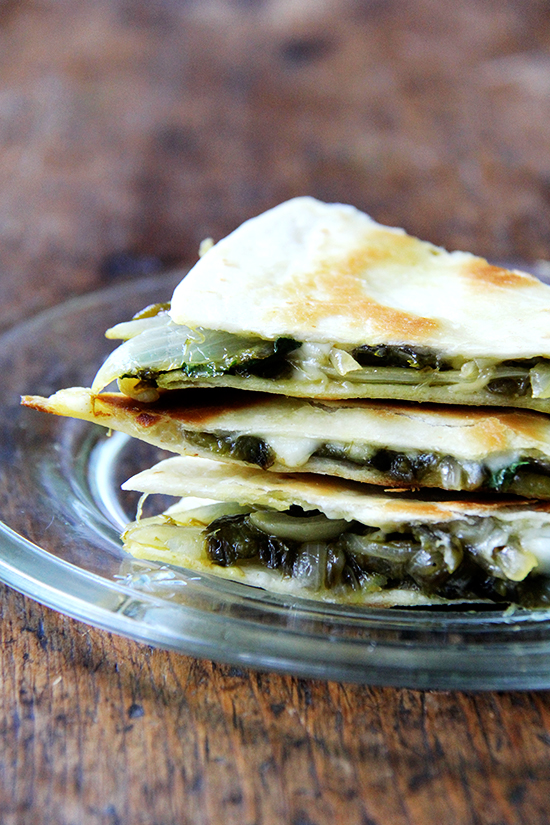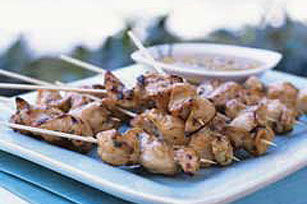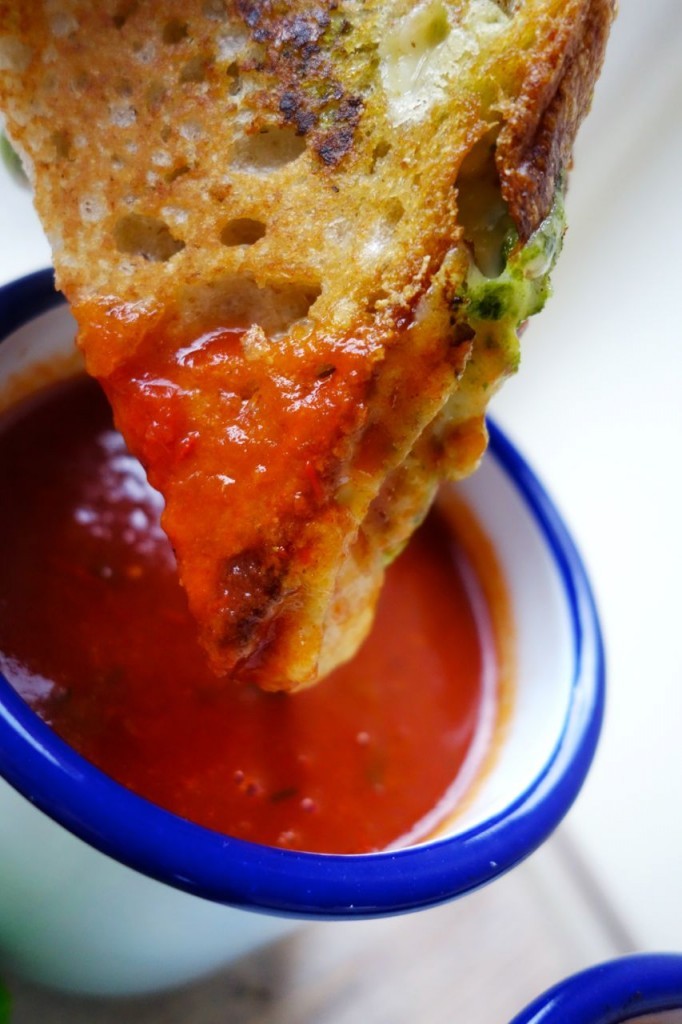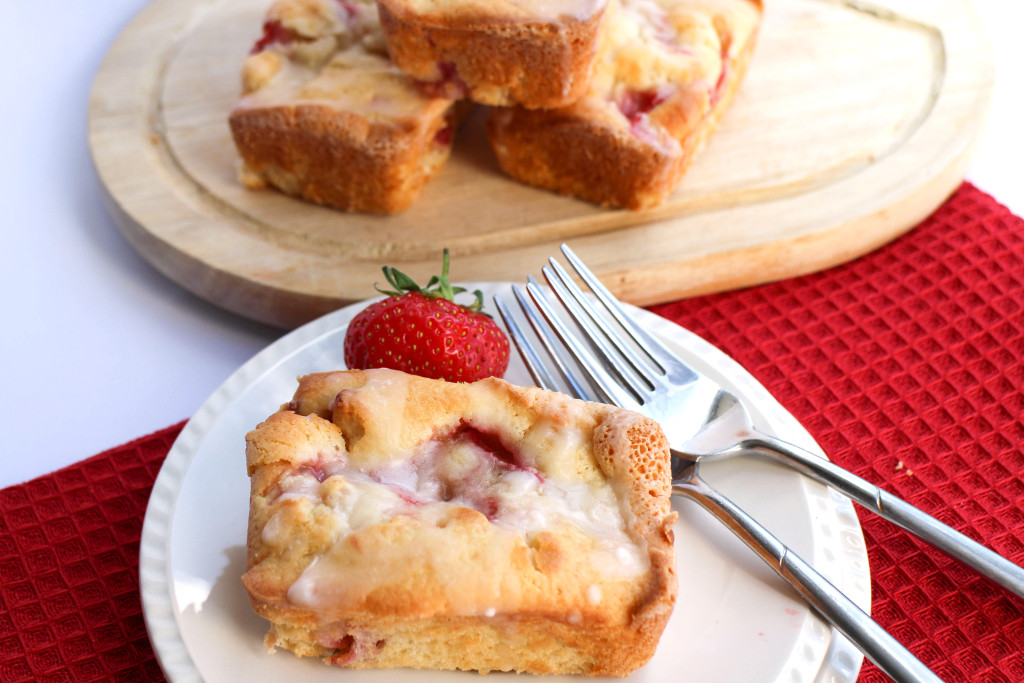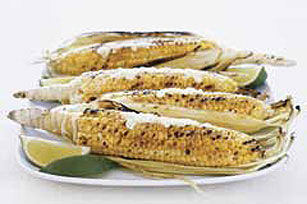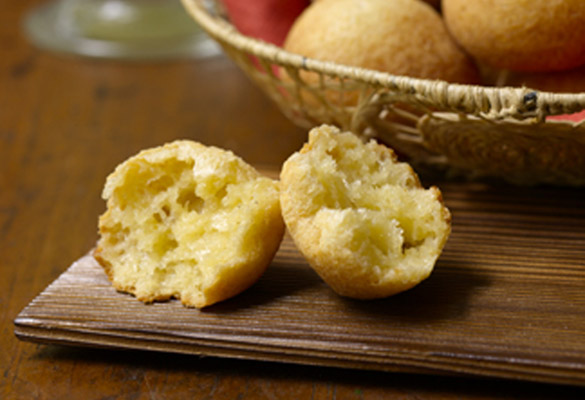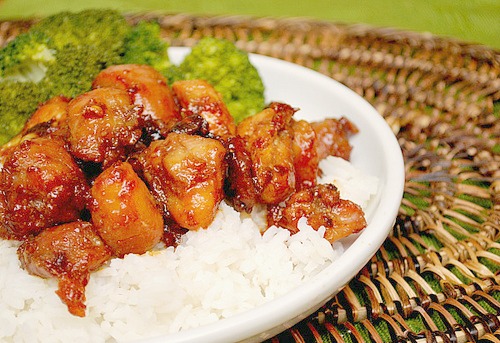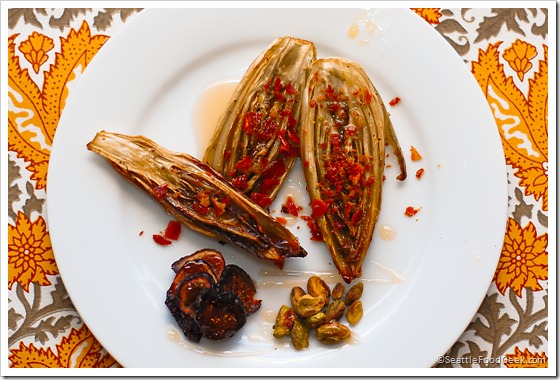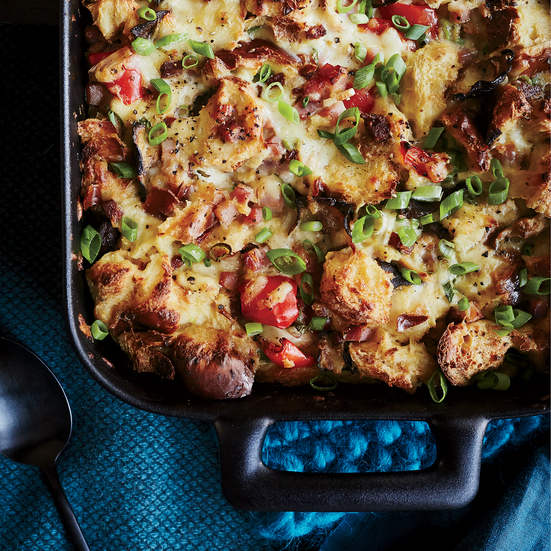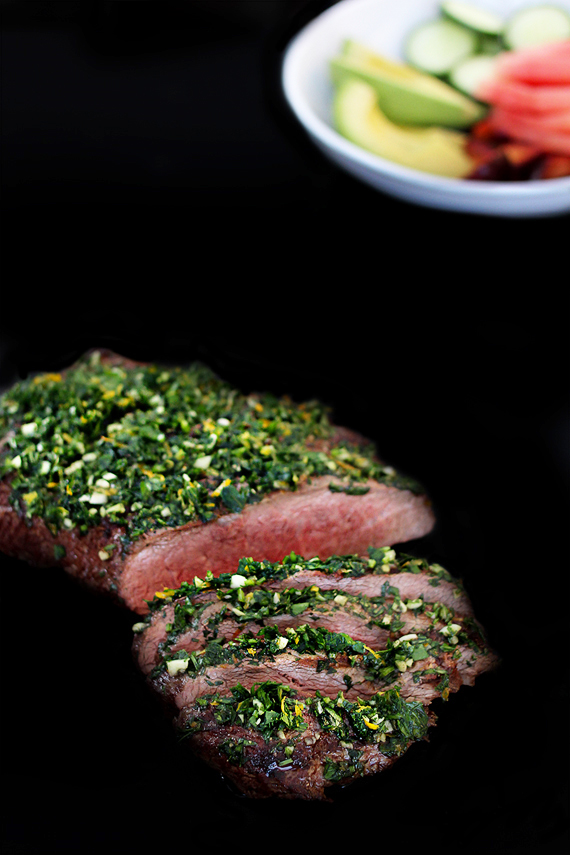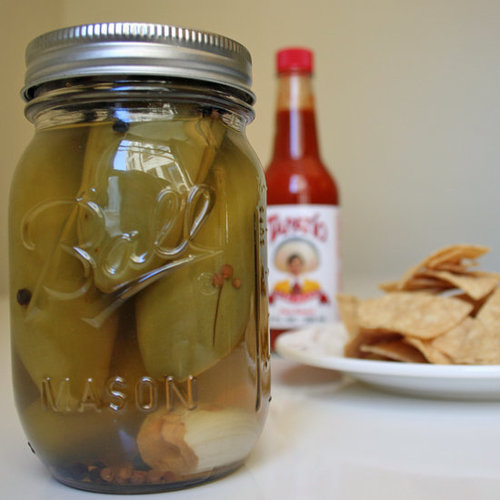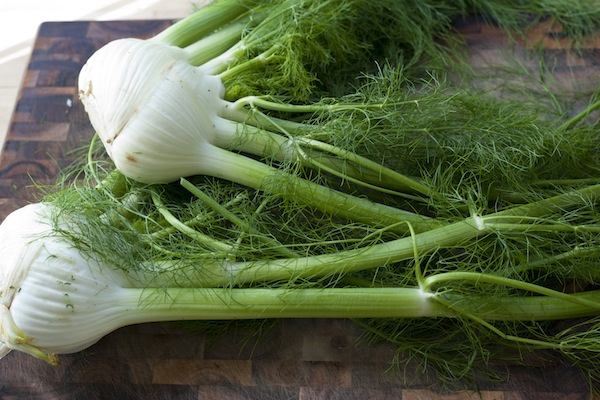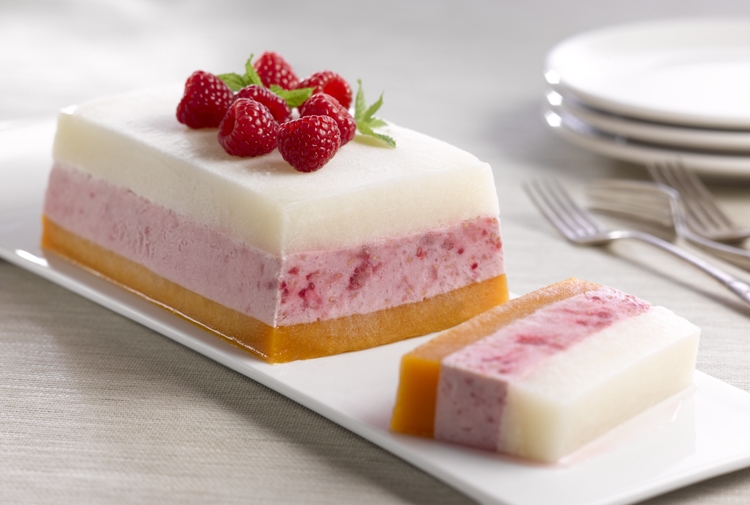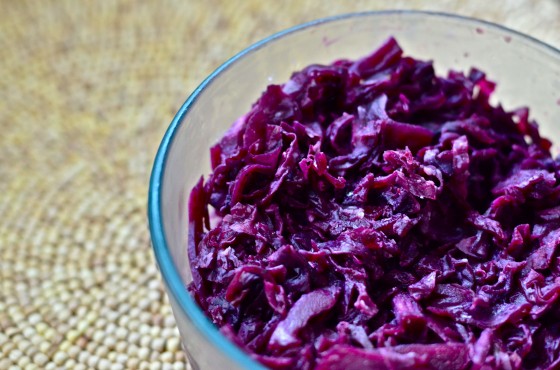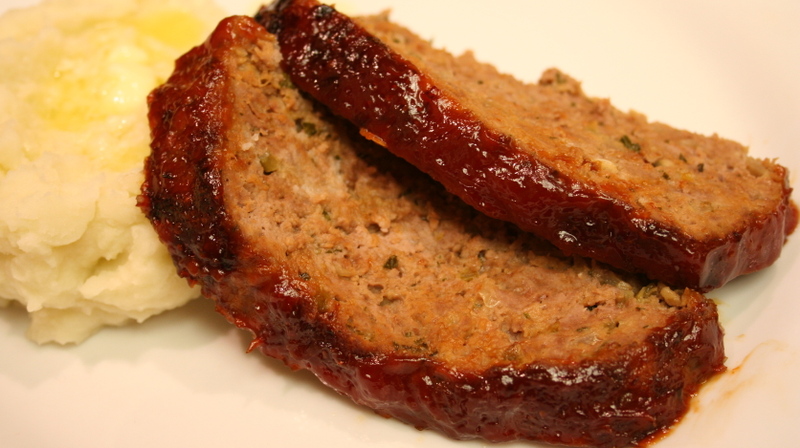To make richer-tasting pureed squash soup, add a cut-up apple to the soup and puree along with the other ingredients. Almost invariably, ingredients that grow in the same season make perfect partners in the kitchen. Apples and squash are an excellent example.
To make broccoli soup with a touch of sweetness, add apples, especially if you’re making the soup in the fall. In a medium saucepan, cook 1 small, finely chopped onion in 2 tablespoons unsalted butter over medium heat until soft, about 5 minutes. Add 2 boxes (10 ounces each) frozen broccoli pieces, 2 finely chopped, peeled, and cored large apples, and 4 cups chicken broth. Cook until the apples and broccoli are soft, about 10 minutes. Season with 1/4 teaspoon salt and 1/8 teaspoon ground white or black pepper. Puree in a food processor or blender, then stir in 1/4 cup sour cream. This soup can be served hot or cold.
To spruce up a chicken salad sandwich, add 2 tablespoons finely chopped apples and 2 tablespoons chopped toasted pecans to 3/4 cup of your favorite chicken salad.
To give grilled cheese sandwiches a new twist, add a few thin slices of apple to each sandwich before toasting on the griddle.
To lend a sweet kiss to horseradish sauce, add some diced apple. Mix together mayonnaise, sour cream, prepared horseradish, and a generous handful of finely chopped tart apples, such as Granny Smith.
To salvage hardened brown sugar, put a slice of fresh apple in the bag and seal for 2 days.
To make better-tasting cranberry sauce for the Thanksgiving feast, add an apple.
Combine the following ingredients in a medium saucepan: 1 bag (12 ounces) fresh cranberries, 3/4 cup sugar, 1/2 cup water, and 1 cinnamon stick (3 inches long). Bring to a boil over medium heat, then reduce the heat to low and simmer, uncovered, until most of the cranberries pop, about 8 minutes. Peel, core, and finely chop 1 McIntosh apple and add to the sauce. Simmer until the apple is tender, about 5 minutes longer. Taste the sauce and add more sugar, if needed. Turn into a medium bowl, cool slightly, then cover and refrigerate until cold. Keeps for up to 1 week in the refrigerator.
To put a sweet twist on fennel salad, mix in a couple chopped apples. Almost any salad will benefit from the gentle sweetness of apples. Combine 1 thinly sliced fennel bulb, 2 chopped apples, and 1/2 cup walnut pieces in a large bowl. Toss with a mixture of 1/3 cup olive oil, 1/3 cup apple juice, 1 tablespoon fresh lemon juice, 1 teaspoon ground fennel seed, 1/4 teaspoon salt, and 1/8 teaspoon freshly ground black pepper.
For the perfect autumn appetizer, make apple-cheddar pizza. Sprinkle a pizza pan with 1 tablespoon cornmeal and pat a prepared pizza dough (homemade or purchased) into the pan. Bake at 500°F on the lowest rack of the oven until lightly browned, about 5 minutes. Arrange 2 cored and thinly sliced apples over the dough and top with 4 thinly sliced large shallots (or substitute one thinly sliced small, mild onion). Sprinkle on 1/2 cup shredded cheddar cheese (2 ounces) and 1/2 cup shredded mozzarella cheese (2 ounces). Bake until the cheese is melted and the crust is golden brown, about 8 minutes longer. Cut into wedges and serve.
For a couscous dish that will warm you up in winter, top the cooked grain with apples and roasted vegetables. Heat 1 tablespoon olive oil in a Dutch oven over medium heat. Add 1 red onion cut into 8 wedges and cook for 5 minutes. Stir in:
3 cups cubed butternut squash (1 1/2 pounds)
1 1/2 cups chopped rutabaga (about 1 1/4 pounds)
3 carrots, sliced
2 Granny Smith apples, peeled, cored, and cubed
3 garlic cloves, chopped
2 teaspoons ground cumin
2 teaspoons ground coriander
1 can (15 ounces) chickpeas, rinsed and drained
1 can (14 ounces) vegetable broth
Bring to a simmer. Cover and roast at 400°F until the vegetables are tender, about 45 minutes. Stir in 2 cups sliced Swiss chard and 1/8 teaspoon hot-pepper sauce. Bake for 5 minutes longer. Serve over 4 cups cooked couscous and top each serving with 1 tablespoon plain yogurt.
 For the pork:
For the pork:
